
4 Japanese Traditional Shows
There are three major classical theaters in Japan: Nogaku, Kabuki and Bunraku. All these performance types have been listed as UNESCO Intangible Cultural Heritages. Below please check the detail information of them, as well as another famous traditional performance - Kyogen.
1. Nogaku
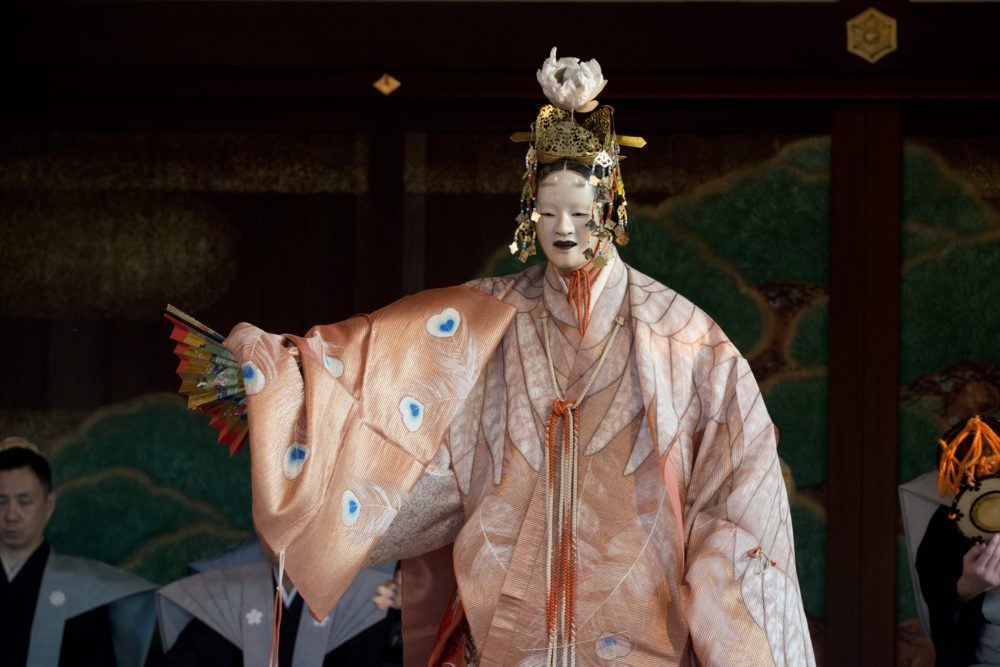
Nogaku, or Noh is a uniquely Japanese stage art that Japan is very proud, it is a classical musical and dance-drama performed by wearing a mask, is one of Japan's traditional dramas with a history of over 600 years.
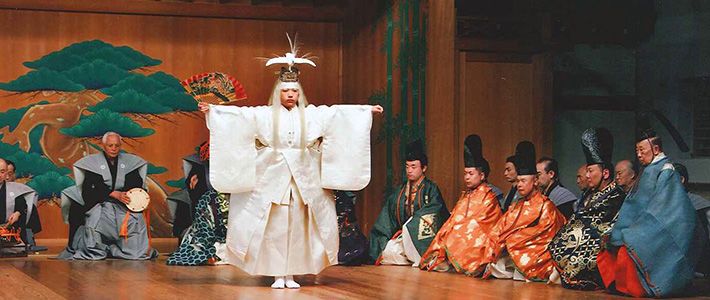
It is also one of the world's oldest surviving traditional Japanese theatrical arts. Noh is based on the legends and stories passed down in the Muromachi period, as well as ballads, dances, and musical accompaniments.
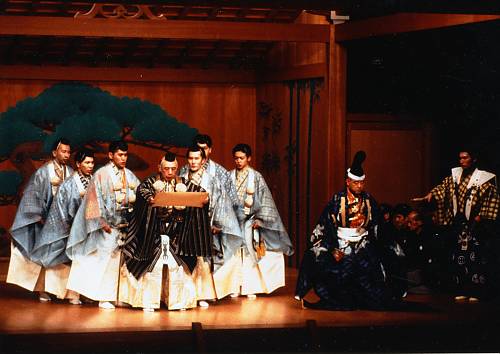
Traditionally, a full nogaku program includes five Noh plays with comedic kyogen plays in between; An abbreviated program of two Noh plays with one kyogen piece has become common today. Optionally, an okina play may be presented in the very beginning of nōgaku presentation.
Performance time: Around 2-3 hours
The ticket prices vary in casts and seats, the most expensive could be 13000 yen PP, the cheapest down to around 2200 yen PP.
Recommended theatres :
* Tokyo National Noh Theatre
* Kyoto kanze noh theater
* Osaka Ohtsuki Noh Theatre
* Ishikawa Prefecture Noh Theater
2. Kyogen
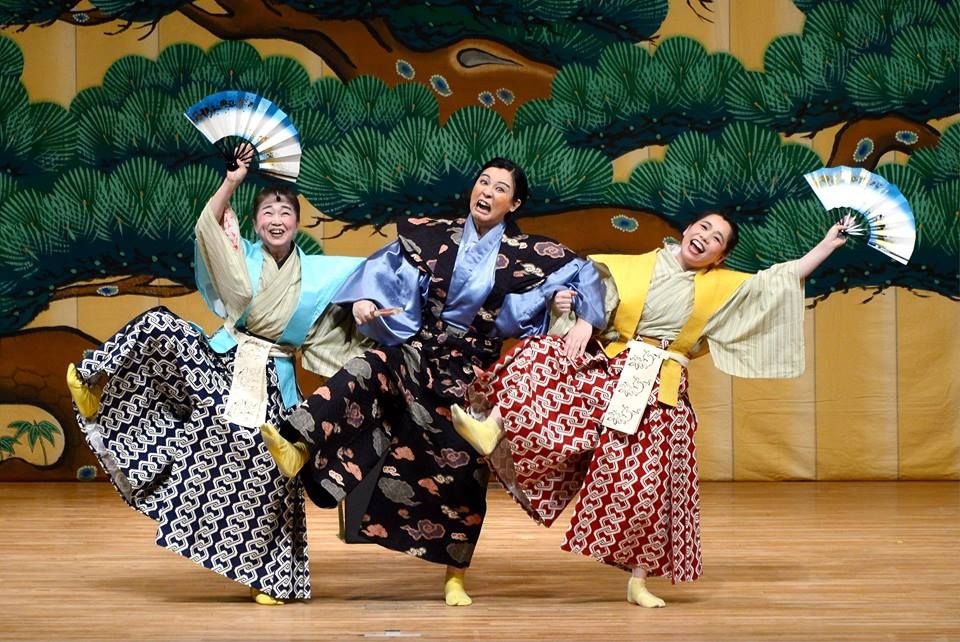
Kyogen is a genre of Japanese drama, was originated in the 14th century. It is the only theatrical performance in the world which have succeeded as long as 650 years. It is a derivation of Sarugaku Noh and Tanakaku Noh, developed as a sort of intermission and comic relief between the solemn noh acts. Kyogen and Noh was registered as the 1st World Intangible Cultural Heritage in 2002. The Kyogen is one of the four major classical Japanese plays, like as Noh. Unlike Noh, The kyogen is very short, so costumes, masks, and props are simple and minimal. An Kyogen actor explains almost everything by his words and acting. The audience could image freely everything on the stage by his sensitivity, in other words, the Kyogen audience can take part in the drama itself.
Performance time: 10-20minutes as a intermission or 1 hour as a full performance.
The ticket prices vary in segments and casts, seats, but it can be told around 4700 yen PP as a reference in Osaka Nanba Grand Kagatsu.
Recommended theatre: Osaka Nanba Grand Kagetsu
3. Kabuki
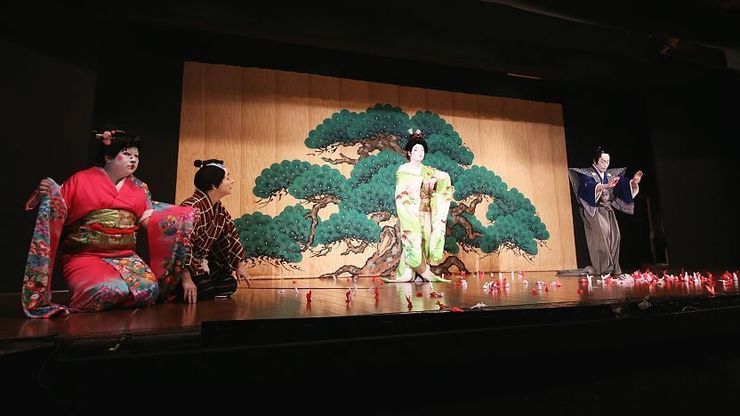
Kabuki is one of the four classical performing arts of Japan, is a type of theater art that requires rich showmanship, which includes exaggerated actions performed by performers, outlandish wigs, eye-catching make-up, elaborately designed costumes.
Kabuki originated from Japanese folk performing in the early 17th century in Edo, but developed into a full-fledged genre in the 1600s, with a male-only cast. It has been performed for nearly 400 years, along with Nohaku and Kyogen, and is still performed today.
The performers wear gorgeous costumes and brightly colored make-up, and the most notable is the gorgeous make-up style (Kuma-Dori), in which they dazzle to the accompaniment of shamisen music.
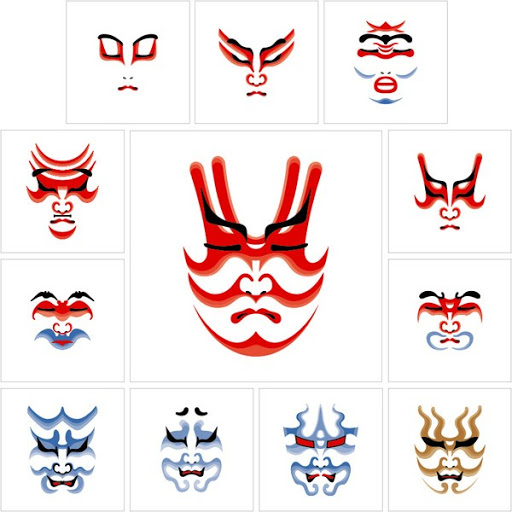 Kuma-Dori
Kuma-Dori 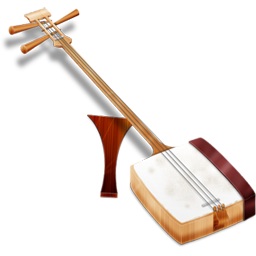 Shamisen
Shamisen
The stage structure is also large, and various performances are performed according to the sangen music. The performances are performed on unique stages such as the long, slender stage called "Hanamichi," which runs through the auditorium, and the circular stage. It has been classified as an important intangible cultural asset in Japan and as an intangible cultural heritage by UNESCO in 2005.
Performance time: 2-3 hours or 3-4 hours, depends on shows.
The ticket prices vary in segments, seats, casts, in a range around 3000-20000yen PP.
Recommended theatres:
* Tokyo Kabuki-za Theater
* Shimbashi Enbujo Theater (Tokyo)
* Osaka Shocbiku-za Theater
4. Bunraku
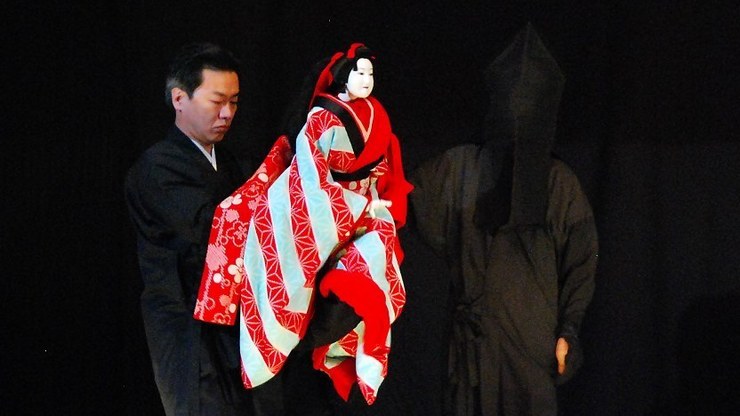
Bunraku, called Joruri, a traditional puppet theatre in which half-life-size dolls act out a chanted dramtic narrative and shamisen music, is a form of traditional Japanese art and serious form of art that particularly considered by Japanese while puppet theatre usually entertains for children in other counties.
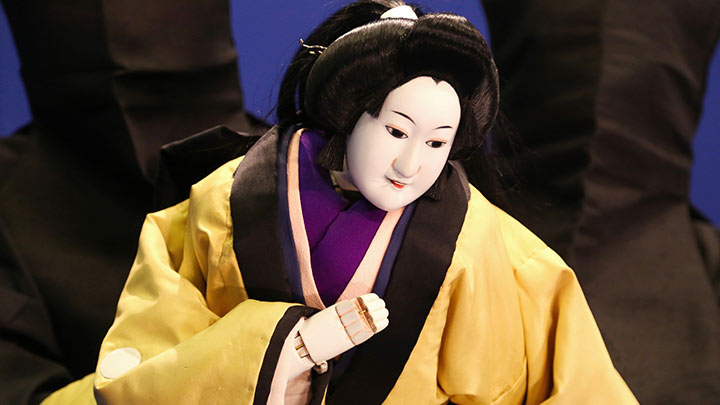
Three puppeteers dressed in black to symbolize that they are "invisible", include a principal operator and two assistants, operate each one Bunraku puppets, unlike regular puppets we have seen, the Bunraku puppets do not use strings, the puppeteers cooperate to move the puppets’ mouths, eyeballs, eyelids, eyebrows and limbs, for life-like actions and facial expressions.
Performance time: 2-3 hours or 3-4 hours, depends on shows.
The ticket prices vary in segments and acts, seats, typically cost around 1500-6500 yen PP.
Recommended theatres:
* National Bunraku Theatre(Osaka)
* Tokyo National Theatre
You are welcome to inquire for details if you would like to experience one of these Japanese show during your journey in Japan.